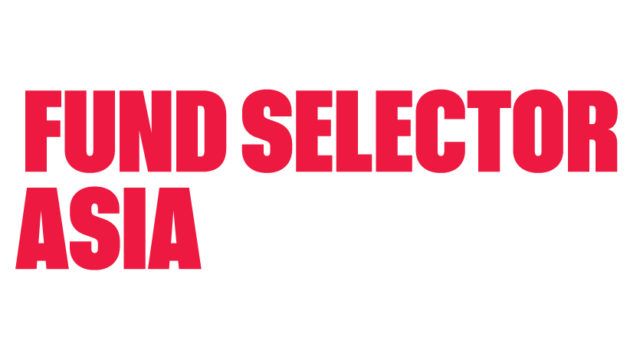The Monetary Authority of Singapore said the Singapore-dollar Credit Rating Grant scheme is intended to help issuers offset associated costs for bond ratings.
Local bond issuers who are accepted into the scheme will be covered for a period of five years.
Many issuers in the Singapore-dollar bond market are currently unrated and rely mainly on the same pool of domestic investors, according to a statement from MAS. Only half of Singapore’s outstanding volume of Singapore-dollar bonds is rated, it added.
Qualifying issuers of Singapore-dollar bonds who obtain credit ratings from an international credit ratings agency, such as the Fitch Group, Moody’s and Standard & Poor, will be able to claim up to 100% of their credit rating expenses, subject to a funding cap of S$400,000 ($290,254.74) per issuer.
Having bonds rated could reach thousands of dollars. For example, in the US, S&P Global Ratings charges to up to 6.5 basis points for most transactions with a minimum fee of around $135,000, according to a document from the firm.
For each qualifying issuer, the grant can cover credit rating expenses from multiple issuances subject to the funding cap. In addition, the grant is open for both foreign and domestic issuers.
“This will help provide greater transparency to investors, broaden the pool of market participants and grow the SGD bond market,” Jacqueline Loh, deputy managing director at the MAS, said in the statement.
Singapore insolvencies
The grant scheme comes during key events in regional bond market developments.
Today, Hong Kong and China launched the Bond Connect, which was announced in May. The programme gives international investors access, via Hong Kong, to China’s bond market, the third largest in the world. The Bond Connect has no quota issuance like the RQFII and QFII schemes, enhancing its appeal to a wider range of foreign investors.
The Bond Connect also launched its own dedicated website, which gives information on its developments and rules and regulations.
By comparison, Singapore has been struggling to attract offshore investors and had high profile local insolvencies last year. According to a study from Euler-Hermes, there were four major insolvencies in Singapore from the first to the third quarter last year. All of them had construction- and commodities-related activities.
The number of insolvencies in Singapore is expected to accelerate by 15% to 222 this year from 193 in 2016 – the highest in Asia-Pacific, according to a study.
The increasing forecast for defaults is attributed to a slowdown of the economy, Mahamoud Islam, a Hong Kong-based senior Asia economist at Euler Hermes, told FSA in a previous interview.
The Lion’s City’s long-term growth average was at 6%, but it is now way below that, he said.
Singapore’s economy is forecast to grow by 1%-3% this year, with a “strong likelihood” that it would be higher than the 2% registered last year, according to MAS’ latest annual report for fiscal year 2016-2017.
Singapore is also heavily reliant on trade and trade-related activities account for 45% of its economy.
Because of slower growth and trade, the sectors that are at risk are construction and commodity-related sectors, Islam said.

















